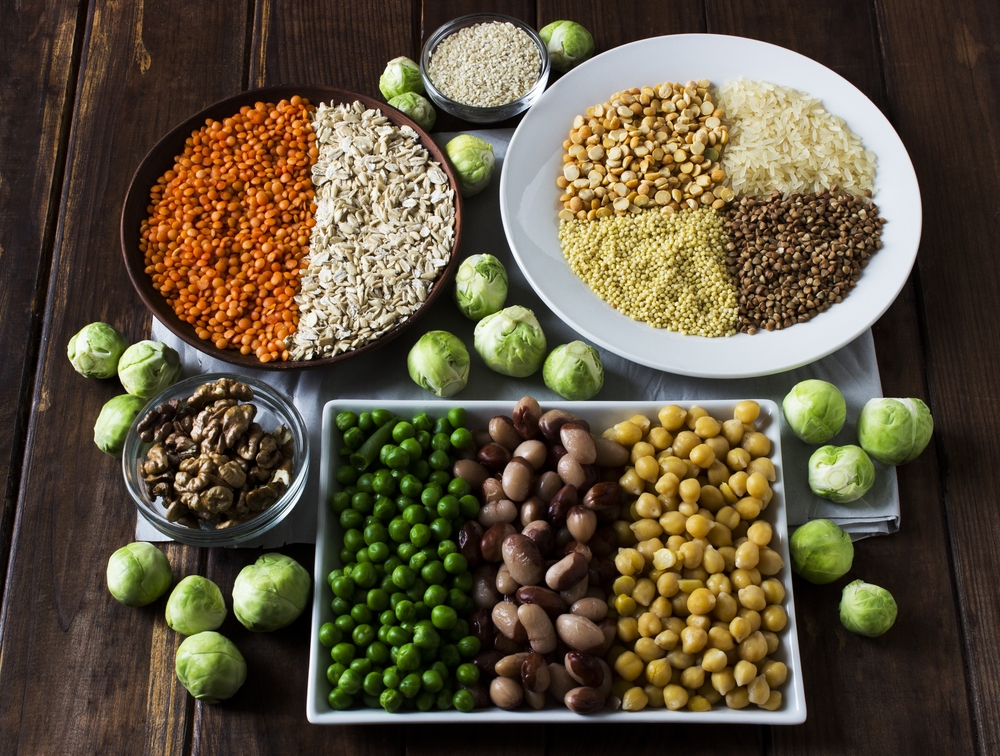

As someone who doesn’t eat meat or dairy, I often get the asked this question: “How do you get your protein, calcium and iron?” Protein, calcium and iron are part of a healthy diet, but the belief that these must come from animals often holds people back from embracing a plant-based diet.
Diets are a based on personal needs so there is no “one-size-fits-all version, and I would never try to talk anyone into becoming a vegetarian. But if you’re interested in scaling back on meat and dairy but are worried about not getting enough of the good things you need, I’ve put together some information that you will find helpful.
Protein
There are no cases of a person being hospitalized for a protein deficiency so all the vegans out there must be getting their protein somewhere, right? Of course they are—they’re getting it from plants.
Some Facts
- Did you know that 25% of the calories in your average vegetable come from protein, and beans top the scale at 40%?
- Plant-based proteins have a healthier balance of amino acids than animal proteins and are perfectly balanced to protect us from inflammation. Plants also provide us with fiber, phytonutrients and antioxidants.
- Plant-based proteins are also low in saturated fats, they are alkaline-forming, and they are better for the environment.
Calcium
Calcium is a mineral that comes from the soil. Plants absorb calcium through their roots and it becomes part of their roots, stems, leaves, flowers and fruits. In order for animals (like cows) to obtain calcium, they must eat plants. Plants are loaded with enough calcium and other minerals to grow the skeletons of large mammals, so there is obviously enough calcium in plants to grow the human skeleton. Great plant-based sources of calcium include almonds, white beans (60mg per cup!), broccoli, kale and sweet potatoes.
Iron
Iron is essential in supplying oxygen to the blood and the muscles and it is good for overall health. There are two types of dietary iron: heme and non-heme. Heme iron is obtained by eating meat, and it is absorbed more efficiently than non-heme iron, which comes from plants.
However, when we look at the calories associated with heme and non-heme iron, we can see that non-heme might be a better choice. For instance, a serving of spinach offers ( 66 calories) offers us 6.4 mg of iron whereas a serving of beef tenderloin (250 calories) offers only 3 mg of iron.
I’m happy with my choice of a plant-based diet, not only for my own health but for the health of the planet, and I hope that you will consider cutting back on meat and dairy, even if you are not ready to embrace a total plant-based diet.
xoxo
Rebecca
